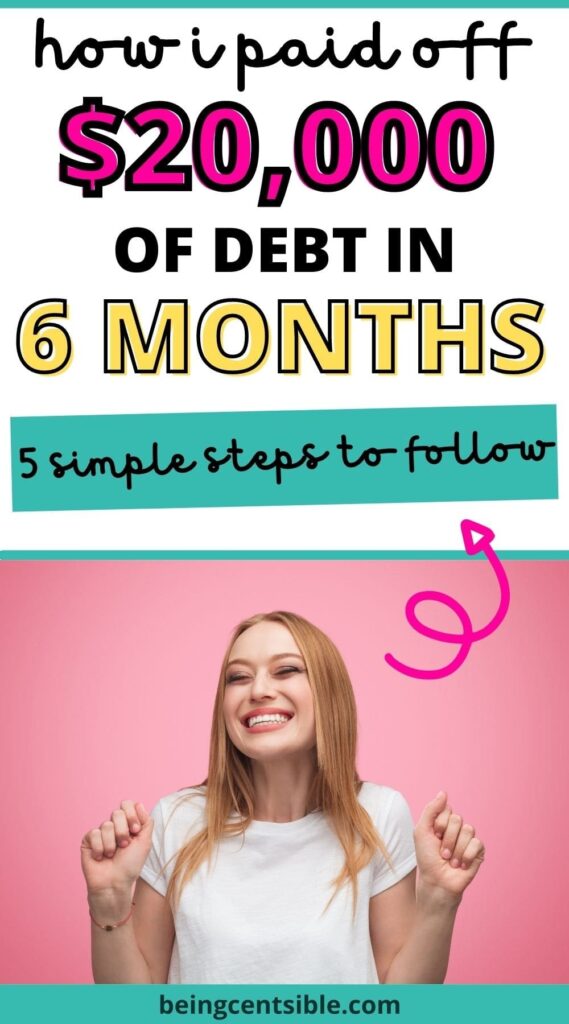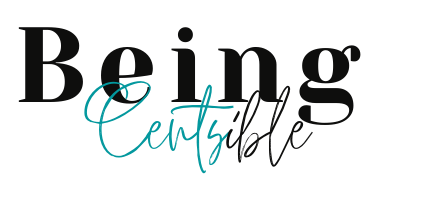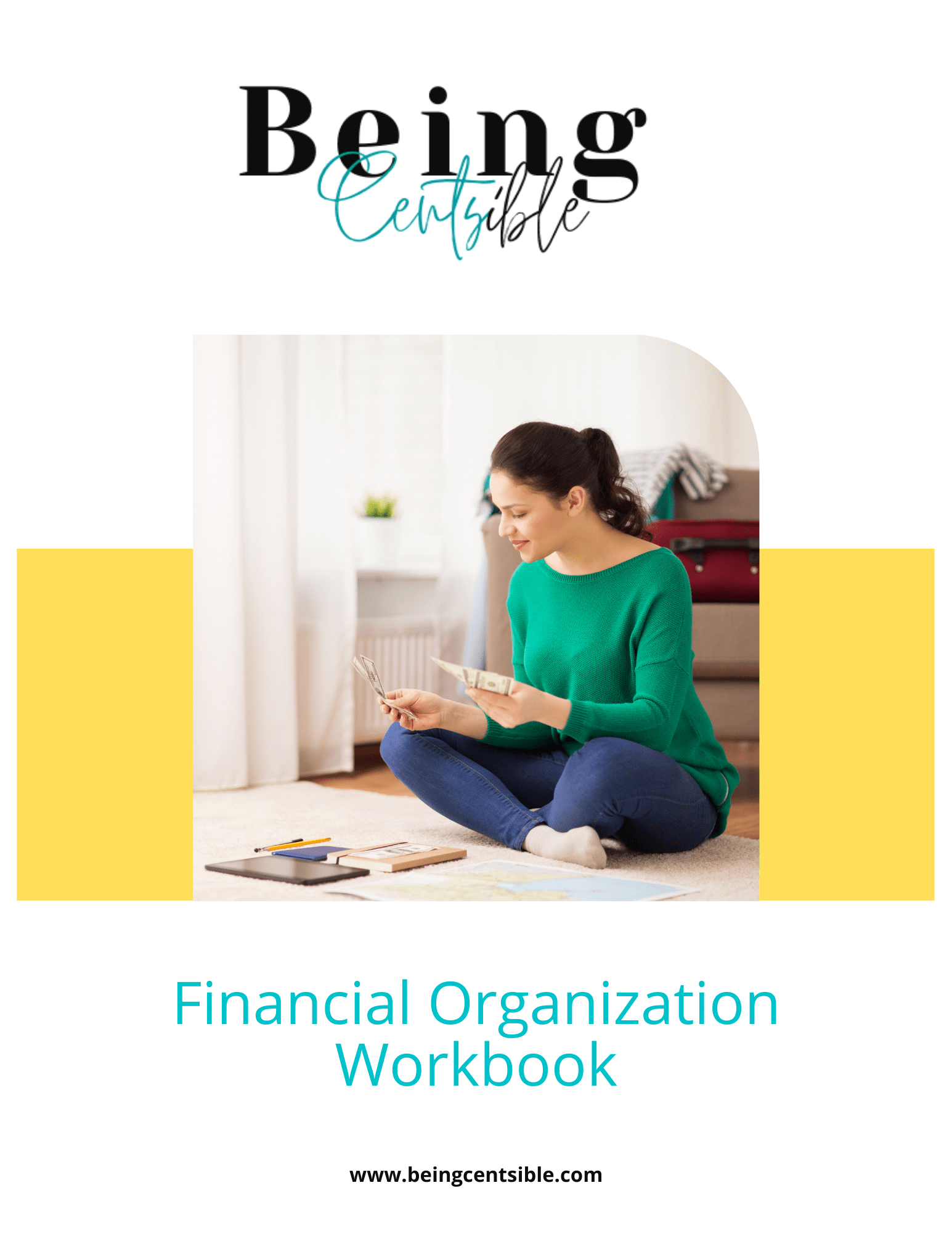If I can pay off debt fast, so can you.
I lived in debt the majority of my life. It was normal for me to carry credit card balances and only make the minimum monthly payment.
My debt was a constant source of stress that kept me from reaching my financial goals. Finally, I said, enough is enough. It was time to become debt free for good.
In this post, I’ll share the five steps that helped me pay off my credit card debt fast. You can use these same tips to pay off student loans, auto loans, and personal loans.
Overcoming My Limiting Money Beliefs
I’ll let you in on a bit of a secret. This isn’t the first time I paid off my credit card debt.
This is my third time. Yup. That’s not a typo.
I had a bad habit of getting into debt, paying it off, and then getting back into debt.
It was a never-ending cycle of debt.
But this time, it would be different. I promised myself I would pay it off for good.
And that’s because, this time, I found the root cause of my debt – my mindset.
See, everything we do—all of our habits, actions, and inactions—start in our mind. That’s where we create the habit of using credit cards and not paying them off.
As I worked on becoming debt-free, I learned I had a negative belief that “there was never enough money”.
It didn’t matter how much money I made or the amount of savings I had. No amount was ever enough.
That’s why I used credit cards to buy things instead of using the money I had in my bank account.
And because I believed I didn’t have enough money, I just made the minimum monthly payment on my balances.
Over time, I racked up multiple credit cards. All because I had a scarcity mindset. So, the first step in paying off debt is to discover the money beliefs creating your debt. To discover your money beliefs, you can check out The Secret to Overcoming Your Limiting Money Beliefs.

Organized My Debt
After discovering the limiting money beliefs keeping me in debt, it was time to get organized.
I started by creating an Excel spreadsheet and listed every credit card I owned. My goal was to understand how much money I owed, and how much it was costing me in interest.
In my spreadsheet, I included the credit card company’s name, credit limit, balance amount, minimum monthly payment, and interest rates. If you are paying off loans also make sure to add the loan term to your spreadsheet.
Once I had all of the information organized, I was shocked at what I discovered:
● I had six credit cards.
● One of the credit cards had a whopping 29.24% interest rate. That’s just plain highway robbery!
● I owed a total of $23,538.18.
● My monthly payments added up to $676.00. I nearly fainted.
When you ignore your money, you can easily get blindsided by like I did. So make sure you take the time to get organized and understand your money.
Important side note – A great tool to organize your finances is Personal Capital. The online software is free and it tracks your cash flow, how much debt you have, net worth, and investments. What I like about Personal Capital is that it keeps me motivated by tracking how my net worth increases as I pay off my debts.
Cut Up All Credit Cards
Once I got over the shock of the amount of debt I had, it was time to stop using credit cards for good!
I opened my wallet and took out every credit card and cut them in half.
This step was simple and fast, but it was the most challenging because I was so afraid of losing access to my credit cards.
For me, credit was a lifeline. I felt I needed credit in case of an emergency.
The fear and hesitation I felt in cutting up my credit cards was a cue I needed to spend more time doing mindset work on my limiting money beliefs.
Working on my money mindset is now part of my daily personal development.
Created a Budget
After I cut up my credit cards, I created a budget. This is when the real work began.
I started by making a list of all my income and expenses.
This exercise was just as eye-opening as organizing my debt.
Boy, did I have a lot of unnecessary expenses! I also noticed I spent a lot of money eating out.
It was time to reduce every expense I could, including cutting back on fast food and restaurants.
Once I freed up money, I set up my budget and added “debt payoff” as a category.
I use the online budgeting software YNAB (You Need a Budget) as my primary budgeting tool. YNAB helps you stop living paycheck to paycheck by teaching you 4 simple money rules.
What I like most about YNAB is that it shows you how your money is aging. The more your money ages, the closer you are to breaking the paycheck-to-paycheck cycle.
If you’re new to budgeting, you can check out An Insanely Easy Way to Budget Your Money.
Implemented the Debt Snowball Method
With my budget in place, I could start paying off my credit cards.
I decided on the Debt Snowball Method as my debt payoff plan. This method focuses on paying down your smallest balance first and making the minimum payments on the rest.
There are other debt repayment strategies like the Debt Avalanche Method, which focuses on paying off the largest balance first. The method you choose doesn’t matter as long as it works for you.
I like the Debt Snowball Method because you can pay off the smallest balance rather quickly, which motivates you to stick to your plan.
Once the first debt is paid off, you take the money you were paying on the smallest balance (including minimum payment), and you start repaying the next debt on the list.
For example, let’s say you have an extra $200 (after cutting back on expenses), and the minimum payment on the smallest debt is $36.00. You pay $236.00 on the smallest debt until it’s paid off.
Let’s also say that the minimum payment on the next smallest debt is $48.00. Since the first debt is paid off, you can take $236 and add it to the $48.00 payment on the next debt. That means you are now paying $284.00 on the debt ($236 + $48). That’s a debt snowball!
This is precisely what I did until all my credit card debt was paid off. I sorted all my debts by balance, smallest to largest, and snowballed until the balance was $0.00.
Time to Create Your Own Debt Payoff Story
When I started, I didn’t set a goal to pay off my debt fast. I just took action and stayed focused on budgeting my money.
Before I knew it, I had come a long way in a short time. Each debt I paid only motivated me to tackle the next. The amount of money I was saving on interest also helped me stay motivated.
I had hiccups along the way, but I was set on living debt-free, and my determination was my biggest reason for success.
I want to mention that when things got overwhelming and I felt impatient I considered options like debt consolidation, taking out a personal loan, and balance transfer credit cards, but those options are not long-term solutions to debt, and can actually lead to more debt in the future. Instead, I decided to stay focused on following a repayment plan that I knew would get me out of debt for good.
I hope my story inspires you to create your own debt payoff story. Everyone’s situation is different, but if I can do it, you can too!!









What an accomplishment! I can’t wait until we can be debt free. We recently paid off 1 credit card and it felt so good.
I pay credit cards on top of the minimum always. Maybe I am not comfortable having too much debt. The snowball method is a good strategy! This will help people to be debt free.
Wow this was interesting!
I know how important it is to pay off debt and I do believe you have a great strategy
!
Congratulations in paying off your debt. These are really great steps that you took and can definitely be used by others.
This is so inspiring! My goal is to have the remainder of my students loans paid off this year.
Congratulations on your hard work and thanks for the tips!
Good for you! It definitely takes determination and persistence. It is so important to manage debt and this is a great accomplisgment.